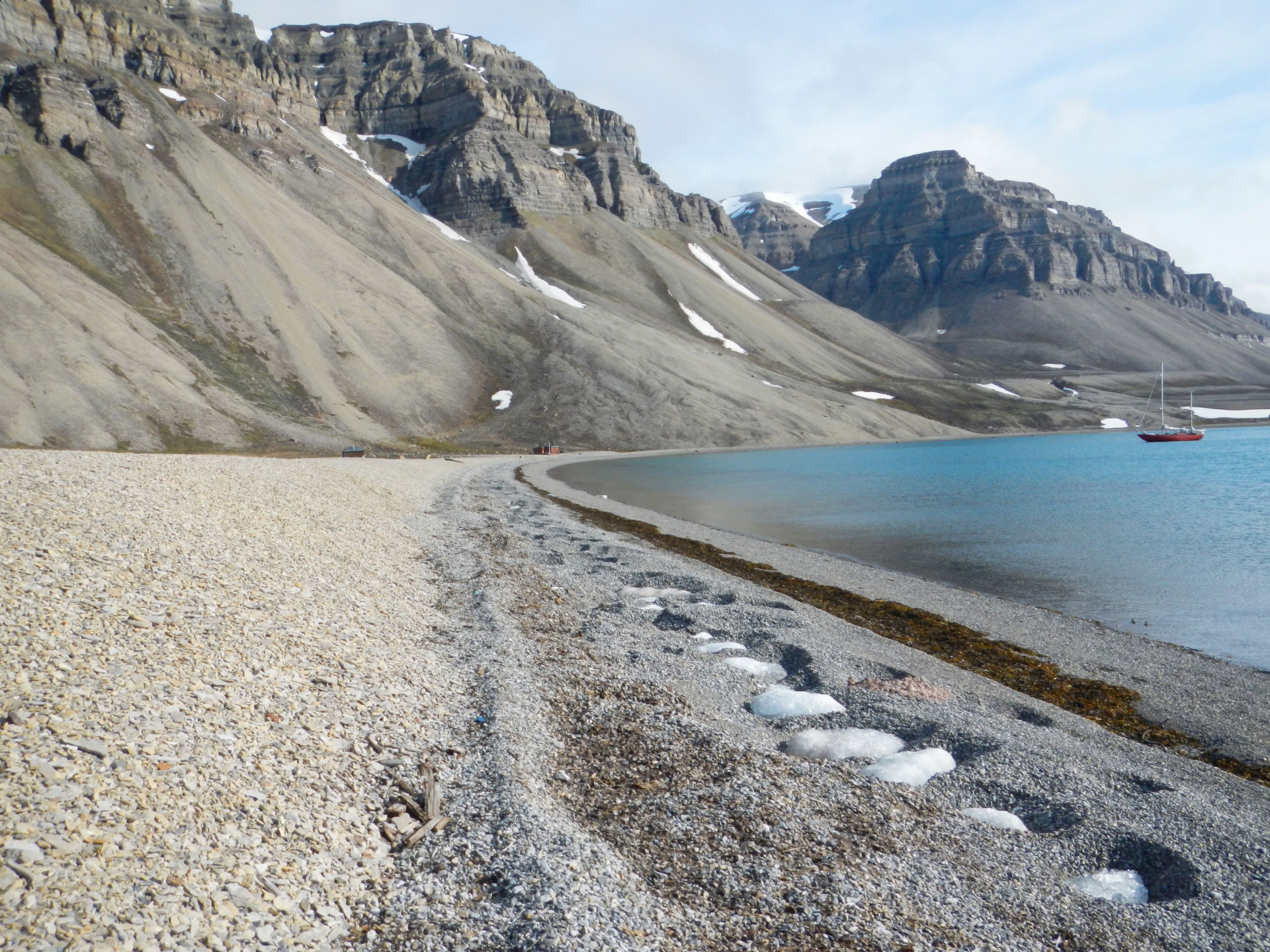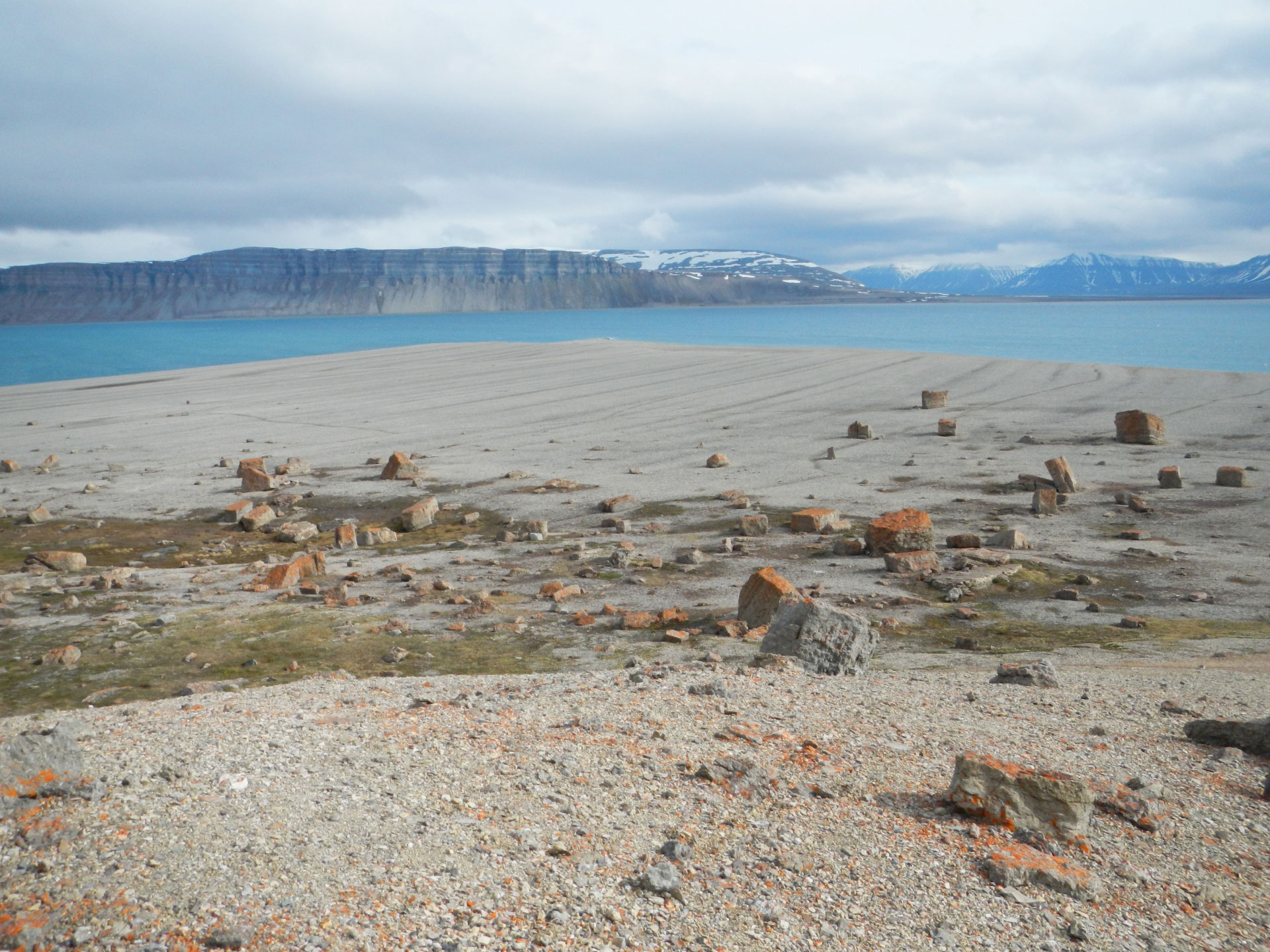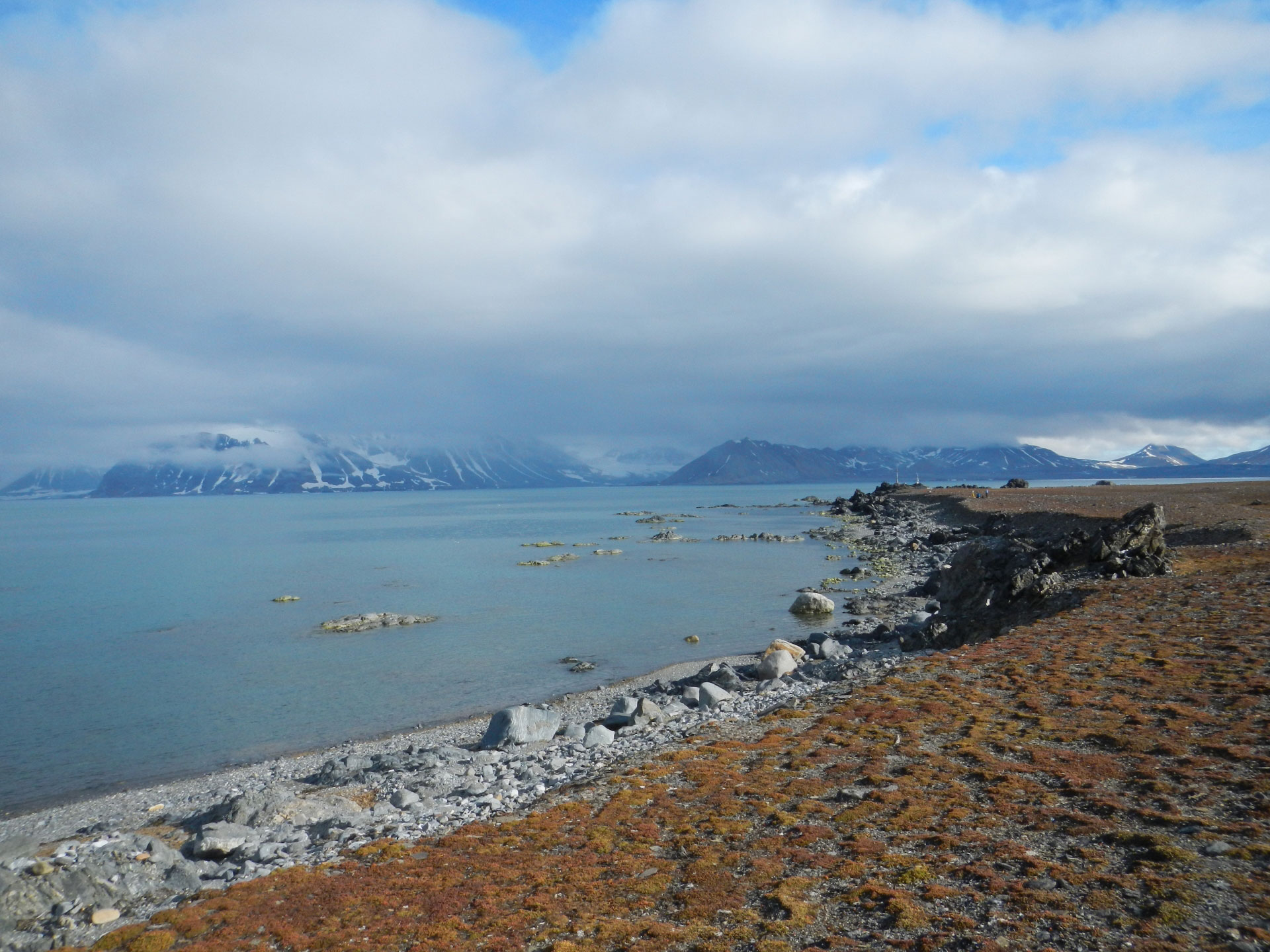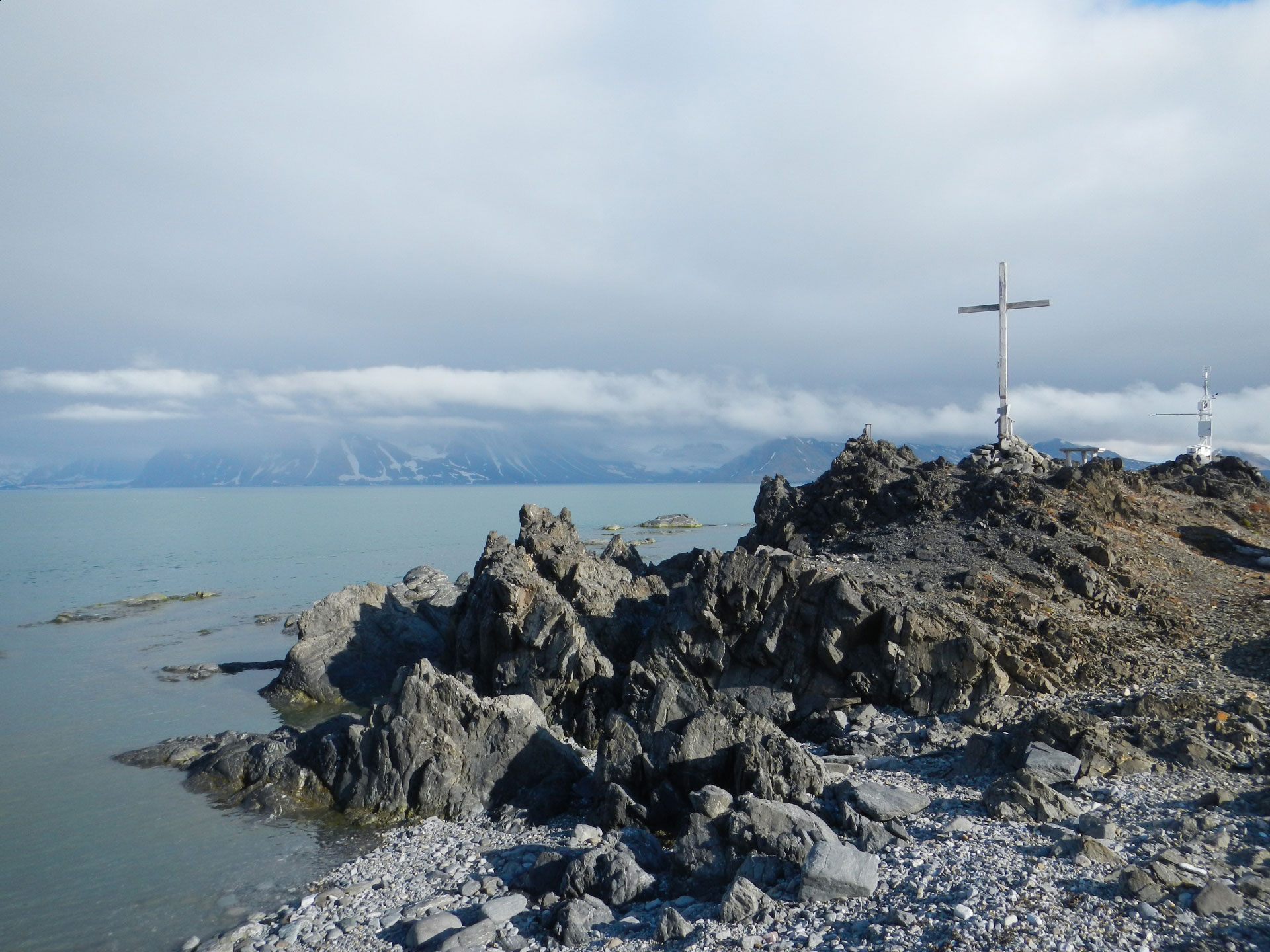Heroes

Professor Antony Long is a world-leading expert in sea-level and coastal evolution research in polar regions. Antony’s devotion to Quaternary science and great personality has helped to transform the Department of Geography at Druham University into one of the best centres of geographical research in the world also shaped academic careers of many young leaders of Quaternary research in the UK and Europe.
Antony’s research significantly improved our understanding of past changes in sea-level and how we can use the sea-level signal to constrain the timing and character of ice-sheet changes over the range of timescales. His work on abrupt Holocene sea-level changes and other extreme processes shaping coastal evolution along coasts of England, North Atlantic, Svalbard and Greenland are already canons of modern geographical research.
I was privileged to work with Professor Long on the development of the new Holocene relative sea-level cruve for central Spitsbergen (Long et al. 2012) and mechanisms controlling paraglacial coastal evolution in High Arctic environments.
To find our more about Professor Long fascinating research visit his website:
https://www.dur.ac.uk/geography/staff/geogstaffhidden/?mode=staff&id=348

Witek Szczucinski is probably the most-recognizable geoscientist from Poland who’s research ideas and achievements change the way we understand the role of catastrophic events (tsunamis, meteorite impacts, storms and floods) in landscape evolution and sedimentation processes. His research on modern sedimentary processes led to significant developments in our understanding of :
- Post-Little Ice Age fjord sedimentation in Svalbard
- Holocene development of Mekong Delta
- Depositional records of recent tsunami waves in Thailand and JapanDiscussions with Witek, which changed my understanding of fjord systems and introduced me into a fascinating world of tsunami research were one of the most inspiring moments in my academic life. I was also lucky to work with Witek on the record of landslide-induced tsunamis and ice-berg roll waves in Western Greenland.
To find out more about Witek’s inspiring research projects and great papers take a look here:
https://www.researchgate.net/profile/Witold_Szczucinski2

By publication of ‘Paraglacial Geomorphology’ paper in QSR (Ballantyne, 2002) Professor Ballantyne breathed new life into research on deglaciation and rapid landscape transformation associated with retreat of glaciers and disturbance of glacial sediment cascade.
Colin’s lectures during famous AG-330 course in Permafrost and Periglacial environments at University Centre in Svalbard draw my attention on the role of coastal zone in Arctic sediment budgets and created a theoretical framework of my PhD research.
Please check Colin's university website to find more of his landmark papers in glacial, periglacial and paraglacial geomorphology:
https://risweb.st-andrews.ac.uk/portal/en/persons/colin-ballantyne(7a266295-3b9e-4803-83d5-142507fd8b9f).html


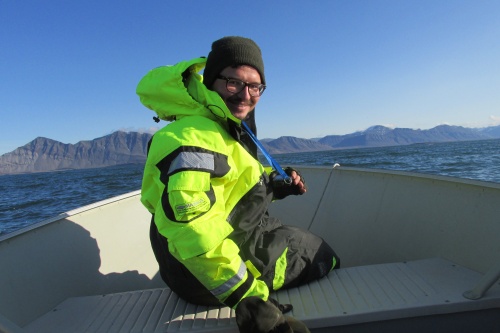
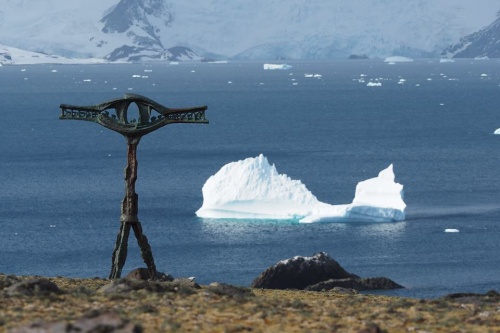


 CV
CV


